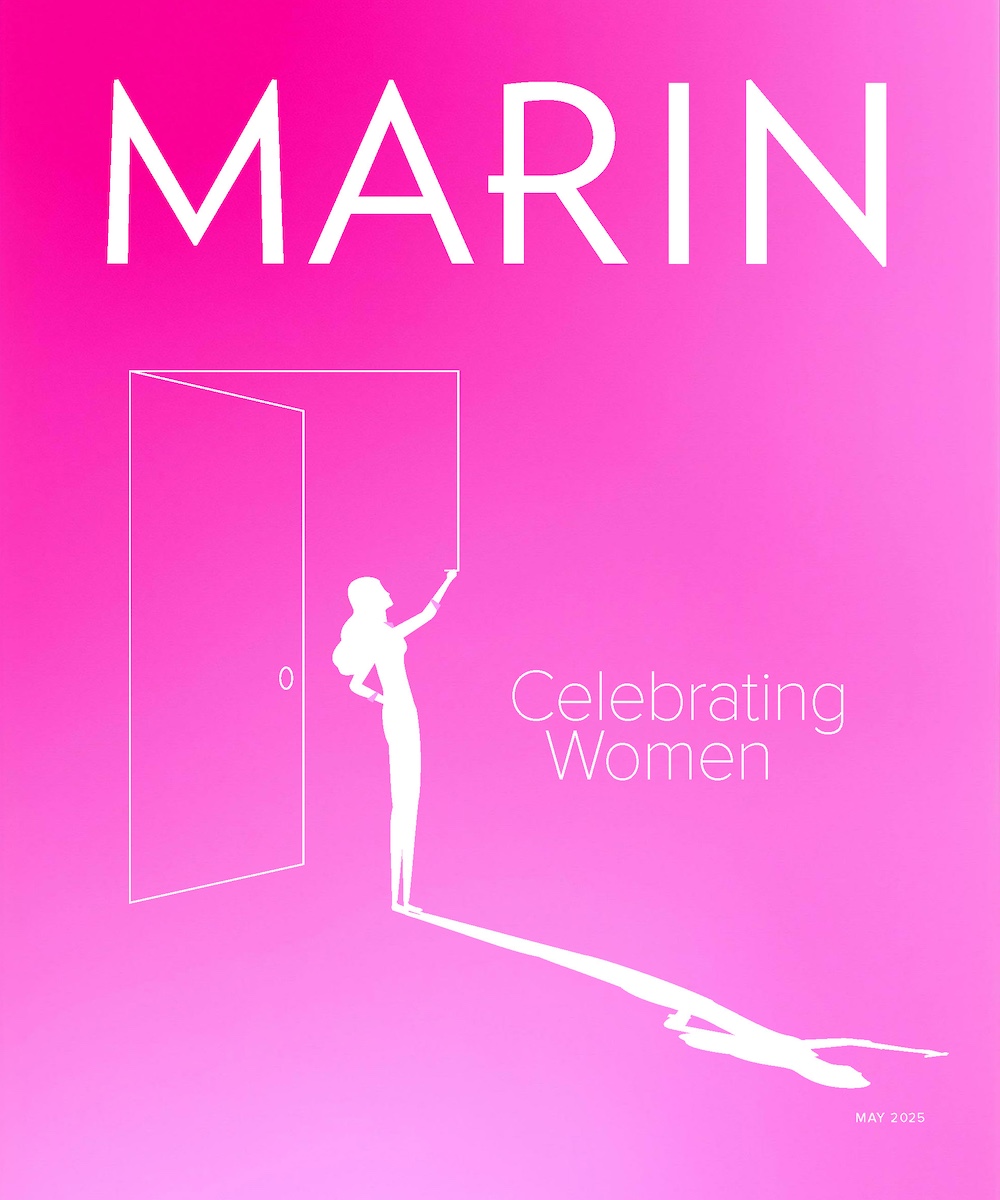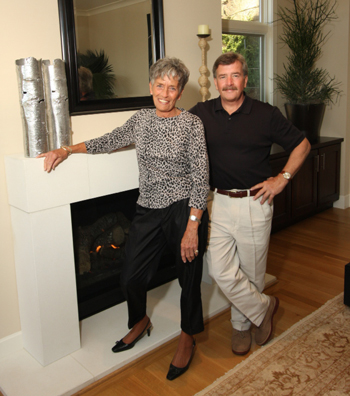Surely, you’ve seen the ads: A multistory hillside home with white trim and a Spanish tile roof. The tagline: “Win This $2 million Marin County House or Choose $1.5 Million in Cash.” They’re in numerous publications —the Chronicle, Marin I.J., on cable television and the Internet and, yes, in Marin Magazine. Community Action Marin, the organization behind the raffle, is a Marin nonprofit doing good works throughout the county. More on that later.
First, how does the Dream House Raffle work? Initially, an upscale Marin home is located and CAM and its owners enter into a one-year agreement to raffle off the property (the home’s exact location is never revealed). According to Russell Hamel, CAM’s director of development and the force behind the effective fund-raise, “that’s the easy part, and even that isn’t easy.” And so far, after three drawings, no grand prize winner has chosen the house; “Show me the money,” they’ve each said.
Bankrolling the $1,760,700 in total prizes comes next and it’s complicated—suffice to say Wells Fargo Bank handles it pro bono. Now comes ticket sales. “Raffle sales run from September to mid-February,” says Hamel. “Tickets cost $150 each and we guarantee no more than 35,000 tickets will be sold.” Do the math: 35,000 tickets at $150 each is $5.25 million. However, read on.
“Our investment in advertising is enormous,” says Hamel, a Loch Lomond resident and veteran Bay Area sailor. “Not just in Bay Area media, but throughout the country.” In addition, Hamel oversees an extensive PR campaign including a “Media Day” when journalists tour the Dream Home, learn of the many cash prizes and enjoy a sumptuous lunch.
Regarding the actual selling of tickets, Community Action Marin “farms out” that chore to a phone bank in Oregon. “We wish otherwise, but it’s not a task for volunteers,” Hamel says. “And that’s been one of the secrets to our success.” Raffle tickets, $150 each, are available 24/7.
In its 2007 debut, CAM’s Dream House Raffle sold close to its 35,000-ticket limit. In 2008, sales were just south of 34,000 and last year, reflecting a soft economy, sales dropped to around 30,000. “This year, we’re off to a great start,” claims Hamel. As evidence, he cites October’s Early Bird Drawing when $5,000 was won by a group of 15 Marin General Hospital nurses who pooled their money to buy one ticket. “Now they’ve parlayed their winnings by buying tickets for future drawings.”
Most ticket buyers live in the Bay Area, but, says Hamel, one winner came from South Carolina and several tickets have been purchased via phone calls from Europe and Japan. Last year’s grand prize winner, Tommy Toy, who lives in San Francisco’s hardscrabble Hunters Point, won $1.5 million after purchasing only two $150 tickets.
Prior to the grand prize drawing on February 19, 2011 there will be two more Early Bird Drawings, one this month, another in January, 2011; prizes there will total $44,500 and $28,000, respectively. “Then on Saturday, February 19, during an all-day party in the parking lot of CAM’s offices on Mary Street in San Rafael,” says Hamel, “we’ll draw 350 names, with winners taking home anywhere from $300 to the big one, a $2 million home or $1.5 million in cash.”
Check out these numbers: No more than 35,000 tickets sold and 350 chances to win at least $300. That means by buying one $150 ticket, there’s a one in 100 chance of doubling your money. “Enter early, and your chances are even better,” points out Hamel. Sorry, a ticket’s purchase price is not tax deductible.
So, who—besides those holding winning numbers—benefits from the annual Dream House Raffle? “We assist low-income families and individuals throughout Marin County,” says Gail Theller, Community Action Marin’s executive director for the past 44 years. According to her, CAM was founded in Marin in 1965 on a $50,000 grant funded from President Lyndon Johnson’s War on Poverty.
“Countywide,” adds Theller, “we operate eight child care centers, seven Head Start campuses, mental health outreach services, low-income home energy assistance, an employment and job training program and a homeless services project.” Community Action Marin, whose tagline is “Helping People . . . Changing Lives,” has an annual budget of $20 million, is guided by a 12-person board of directors and employs over 250 people.
Recently, however, due to the state’s fiscal implosion, CAM was owed $6 million by California’s Department of Education. In contrast, during the budget crisis, the Dream House Raffle produced up to $1.5 million in net profits for CAM’s coffers. “Lately, it’s been very tight around here,” says Theller. “Without the Dream House Raffle, I don’t know what we would have done.”
To learn more about Community Action Marin, go to camarin.org; for information on the Dream House Raffle, visit marinraffle.com.
Note: tickets cannot be sold online.



